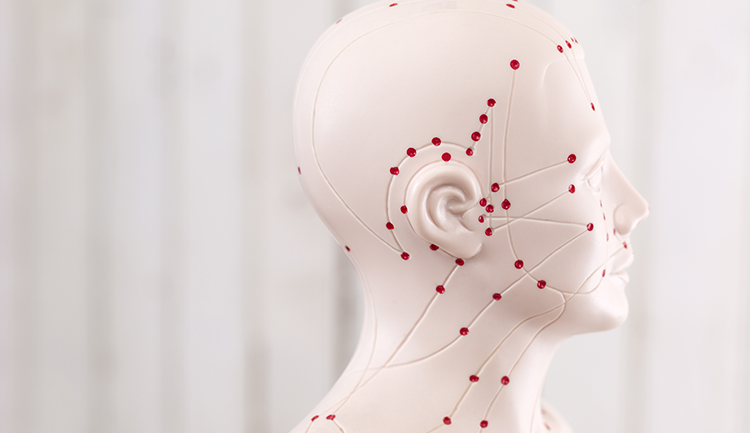Chinese Medicine Research and Development Center
Chinese Medicine Research and Development Center
Department Introduction
The center aims to formulate scientific, innovative, and authoritative Chinese and Western medicine theories and conduct application research and the development of new traditional Chinese medicine (TCM), so as to expedite the hospital/school’s goal of becoming a world leader in TCM research.
Founded in August 2010, the center focuses on the research and development of optimum composition of TCM (herbal medicine) effective components, and the development of new TCM (herbal medicine), adjuvant therapy, and health foods. The medical research department’s Natural Medicine Research Center was set up in October 2010, combining natural products chemistry, medicinal chemistry, pharmacology, toxicology, molecular biological message transmission, and other interdisciplinary expertise, and dedicated to developing domestic natural medicine research and new drug research and development. In line with the hospital’s policy of reviewing and merging existing research centers, and integrating resources from the Natural Medicine Research Center and the Research and Development Center for Traditional Chinese Medicine, the Natural Medicine Research Center was in 2014 incorporated into the Research and Development Center for Traditional Chinese Medicine, in an effort to accelerate the development of the hospital's TCM R&D platform and make China Medical University, Taiwan become a world leader in TCM research.
.jpg)
In the post-genetic era, the introduction of advanced, cutting-edge technologies presents a golden opportunity to accelerate the development of TCM. Both academia and industry in all countries across the world are rushing to commit large amounts of money to basic research and new drug development, hoping to take the lead in the field. Facing such a global impact and competition, the hospital and school set up the Research and Development Center for Traditional Chinese Medicine, in order to ensure the scientific research superiority and maintain the international leading position in the field of TCM.
Service
The Drug Development for Chinese Herbal Medicine
CMRDC provides professional services for herbal medicine development in order to shorten the development time, including:(1) Separation of key active ingredients, (2) Molecular screening and identification of Chinese herbal medicines, (3)Preclinical effectiveness assessment and best effective dose assessment, (4) Animal toxicity testing, and(5)Clinical trial assessment.
The Chemical Fingerprint Analysis for Chinese Herbal Medicine
Chinese herbal medicines are usually complex and are composed of a number of compounds. In order to establish internationally certified standard analysis methods and identification procedures, CMRDC introduced the concept of “fingerprints” to reintegrate the specificity of Chinese herbal medicines and to establish a scientific analysis process for Chinese herbal medicine extracts. The analytical methods of the chemical fingerprints provided by the Center are (1) Chromatographic analysis, (2) Spectroscopic analysis, and (3) Other analytical methods.。
Bioinformatics Analysis
Center provides a variety of bioinformatics analysis methods such as molecular docking, molecular modeling, virtual screening, and quantitative structure-activity relationship (QSAR).










